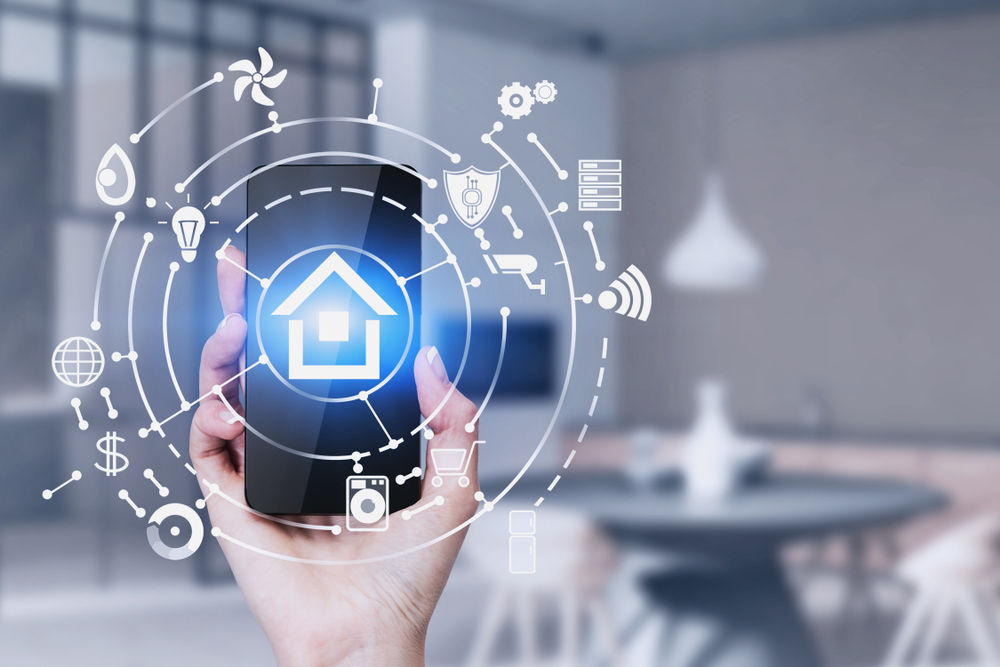
How Smart Homes Save Energy Efficiently and Effectively?
Share
As technology evolves, integrating it into our households has become a natural, exciting progression, particularly for tech aficionados. The intriguing topic of how smart homes save energy is an engaging exploration of innovation and sustainability, capturing the interest of those who recognize the significance of both smart technology and energy conservation.
To grasp how smart homes save energy, it's essential to understand how these systems work in tandem. They utilize a network of interconnected devices that automatically regulate, monitor, and optimize energy consumption throughout your home. For tech enthusiasts, this not only represents cost savings but also an opportunity to support environmental sustainability.

Smart Thermostats: The Heart of Energy Efficiency
At the core of a smart homes energy-saving abilities is the smart thermostat. These remarkable devices learn your daily routines and preferences, adjusting the temperature to conserve energy when youre not at home or when youre asleep. As mentioned in a post on Control4, smart thermostats can lead to average savings of 10-15% on heating and cooling bills, which is particularly appealing to tech professionals who value both innovation and practicality.
The Role of Smart Lighting
Lighting consumes a considerable amount of energy in households. Smart lighting systems provide exceptional control based on occupancy, natural light levels, and user preferences. These systems offer a myriad of customizable options and can be operated remotely, ensuring that lights are only active when necessary. This level of control not only conserves energy but also enhances the atmosphere and functionality of your living spaces.
For those eager to learn more about energy-efficient lighting solutions, Synergy Homes shares valuable insights on incorporating green technology into modern living.
Smart Appliances: A New Era of Consumption
Unlike traditional appliances, smart appliances elevate efficiency by using advanced technology to determine optimal settings and cycles. This capability is especially attractive to those interested in cutting-edge technology and sustainability, as these appliances can significantly lower energy costs while minimizing resource waste.
Automation and Integration: The Power of IoT
One of the most remarkable features of smart home technology is its ability to integrate, allowing various systems to communicate and work in harmony. The Internet of Things (IoT) is central to this integration, enabling smooth interactions between different systems. Imagine your home adjusting lighting, thermostat settings, and even notifying you to open windows for natural ventilation all autonomously.
For a deeper understanding, you might explore Think AEC for automation ideas that tech enthusiasts would find beneficial.
Looking Ahead: The Future of Smart Homes
The future possibilities for smart homes are immense and continuously evolving, with energy-saving technologies becoming increasingly sophisticated and accessible. From self-regulating window treatments to energy-efficient home entertainment systems, the options seem limitless.
Today's tech professionals can truly appreciate how these advancements contribute to a sustainable future while highlighting innovation. For further exploration, Eufy features fascinating automation concepts that help you stay updated on the latest developments in smart home technology.

FAQs
1. How does a smart thermostat save energy?
Smart thermostats enhance energy efficiency by learning the users habits and adjusting temperatures accordingly.
2. Are smart homes costly to set up?
While the initial investment can be substantial, the long-term savings on energy bills and increased property value can justify the expense.
3. What is the primary advantage of smart homes?
In addition to energy efficiency, the convenience and heightened security features make smart homes particularly appealing.
Be sure to check out water leak alerts and water sensors that can add another layer of efficiency to your home. Also, consider reading about eco innovations that promise to shape the future of sustainable living.
